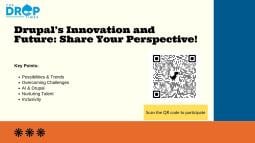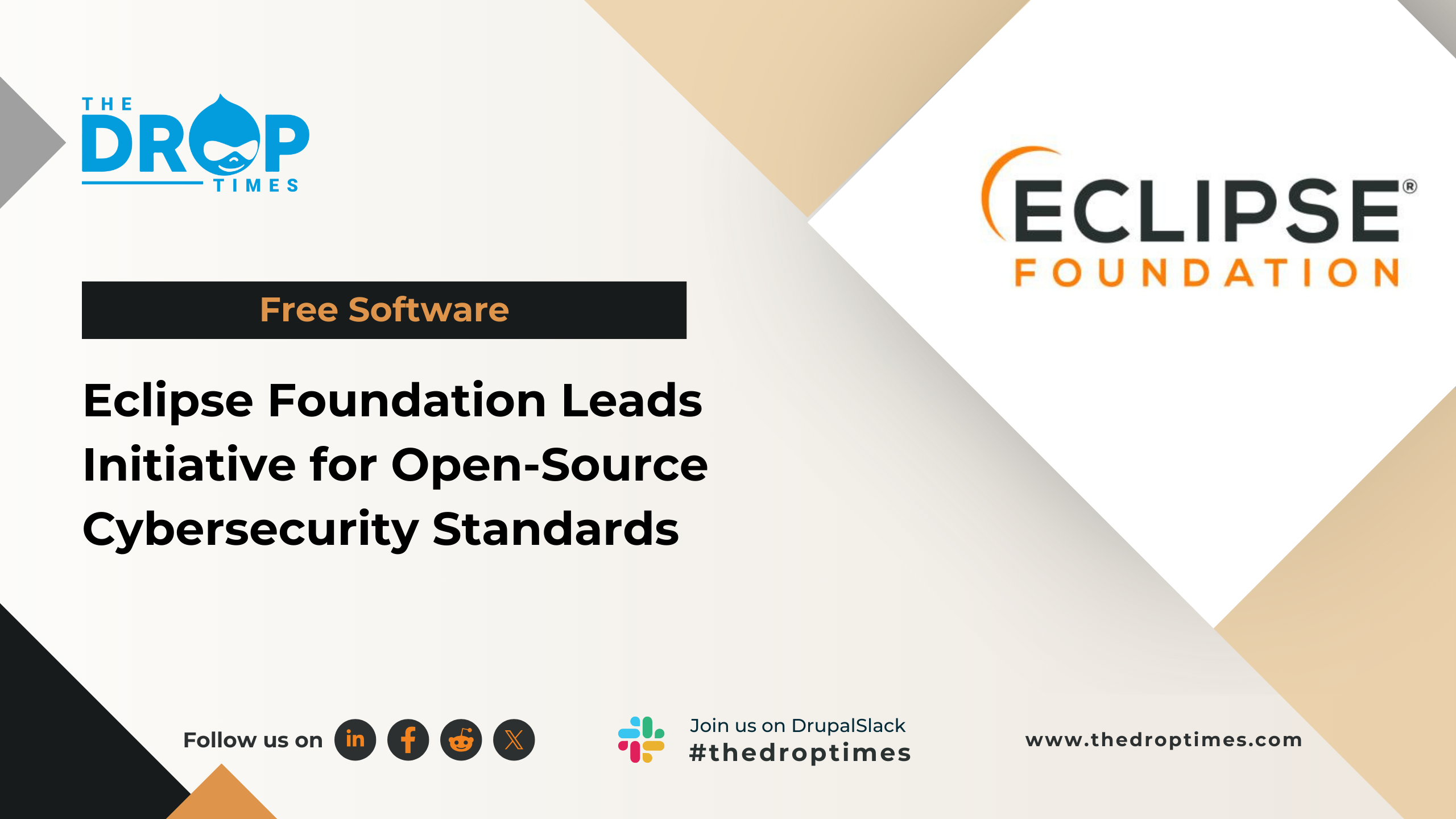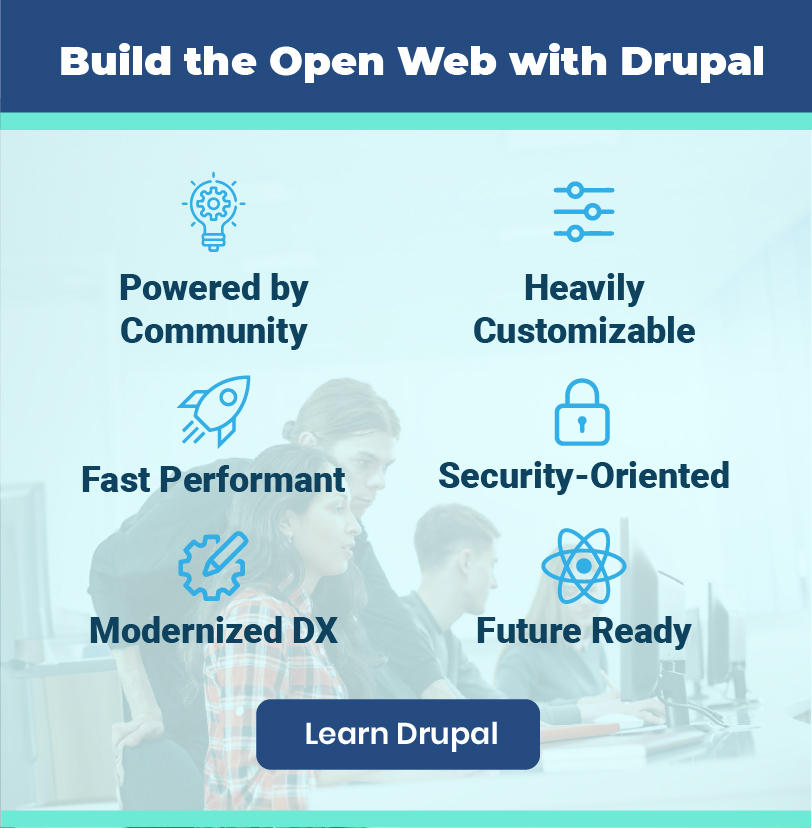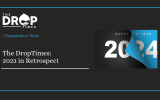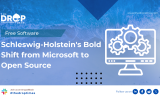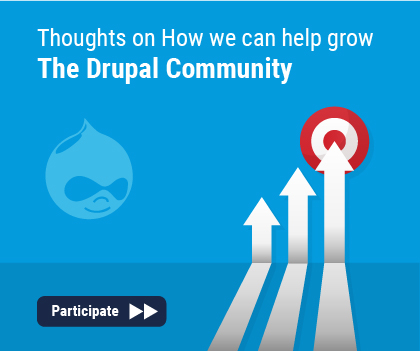How Free and Open Source Provides a Competitive Advantage for CIOs
According to Gartner much of the world’s software infrastructure is now based on Free and open-source software1. In fact, the competitive advantage that open-source technology adoption brings is so much so that almost all big companies have some kind of team working in major Free and open-source software technologies.
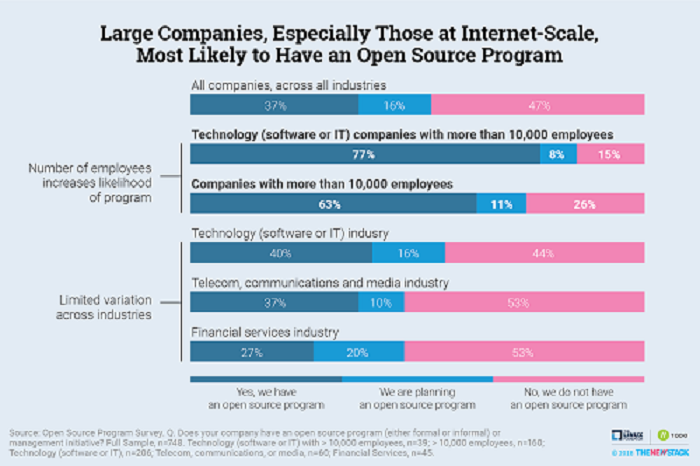
Image Source: The New Stack
The CIO Agenda
Company heads, especially CIOs are always on the lookout to improve their competitive advantage through the agility of their technology stack to respond to the dynamic business ecosystem. Lack of speed in the adoption of new technology processes can prove to be a major dampener for business growth. Customers are very picky about their needs and if they do not like what a company offers quickly jump to the next available offering. Competition being high, companies can ill-afford such lapses in the digital transformation choices they make. CIOs have to make the decision quickly, wise and good.
The adoption of open-source speeds up innovation, disrupts industry trends, and results in the major digital transformation of the organization. The frequent involvement and updates of the community-backed open source technology help CIOs make sure that their companies are early adopters of relevant technologies.
Top Reasons Why CIOs Prefer Free and Open Source Software
Here are the top reasons why CIOs prefer the use of Free and Open Source Software in their companies.
Secure from Cyber Attacks
Most Open Source software like Drupal has a large user base across the globe and therefore a large community monitoring any security vulnerabilities and fixing it 24x7. There will always be someone working on the needed security fixes any time of the day keeping the client systems safe and secure.
No Hidden Costs
With open-source, the risk of hidden software costs or licensing fees is nil, and organizations can build on the available source code to their own advantage with no fear of new costs in the future.
Cutting Edge Technology at its Best
The Ecosystem created by the various open source technologies is such that they are a network of end-users and vendors that work collaboratively with each other and the community is broad. As many open source technologies are not dependent on one sole organization but rather on an association, the risk of adoption of vulnerable and weak upgrades is almost non-existent.
Wide User base and Support System
Since Open Source Software is not hindered by restrictions on the usage of the code, people easily experiment with it and often respond quickly to queries posted on IRC (Internet Relay Chat) or forums for the same. Moreover in open source, the support desk is not restricted to one organization and therefore the maintenance cost is minimal and competitive.
Pool of Certified Professionals
Until recently there was a dearth of skilled open source developers, but universities are introducing open source into their curriculum and there are many open-source coding groups in various universities (https://groups.drupal.org/university-student-organizations). As open source is gaining popularity and has a wider user base among many user groups, there is now also a large pool of certified professionals for popular open-source platforms.
Easy Integration With Other Software
Since there is no licensing cost, companies can upgrade their open-source software at minimal cost with the added benefit of minimal support and maintenance expenses. The cost of adoption of Open Source is usually much lower than the proprietary ones because proprietary software has its premium fees inbuilt into the support and maintenance cost. Moreover, open-source software can easily integrate with other software.
Stable Releases Through Collaboration
In the open-source ecosystem, people can easily work on repositories like GitHub or GitLab without the burden of legal ramifications. So developers can contribute to the prior release versions helping uncover any software issues, security vulnerabilities and so faster issue fixes lead to faster stable releases.
Forks and Distributions
Many groups are forking open-source codes or making distributions where they build on existing code to suit their use cases. For instance, the Australian government has created a distribution of Drupal called GovCMS to suit their various needs.
Deployment Without Restrictions
Some commercial software has licensing restrictions in certain countries restricting access to users in that particular country. For instance, certain Chinese Apps are banned in certain countries, the US has blocked the use of certain of its cybersecurity tools in other countries2 but there is never any such restriction in open source. So CIOs do not have to worry if they have branches in other parts of the world.
Finally, the main competitive advantage of the adoption of Open Source software like Drupal for CIOs is the freedom to adapt and evolve with technology that is best suited to the company’s growth. The engineering community related to the open-source encourages knowledge sharing and builds confidence to move forward fully equipped and confident.
Frequently Asked Questions
What do you mean by competitive advantage?
Competitive advantage, as the name implies, is an advantage that a company or market participant has over other competitor market participants in a given function or industry. Plainly stated, it concerns the ability of a company to better provide a value proposition to consumers than competitors who provide the same or a similar value proposition. From Thebusinessprofessor.com
What is Open Source Software?
Open-source software is software with source code that anyone can inspect, modify, and enhance. From Opensource.com
What does CIO stand for?
The chief information officer (CIO) oversees the people, processes, and technologies within a company's IT organization to ensure they deliver outcomes that support the goals of the business. From Gartner.com
References:
- https://www.gartner.com/en/documents/4004007-hype-cycle-for-open-source-software-2021
- https://www.notebookcheck.net/United-States-to-ban-export-of-cybersecurity-tools-and-software-to-countries-with-authoritarian-practices.574291.0.html
- https://enterprisersproject.com/article/2016/9/10-reasons-why-cios-should-consider-open-source-software
- https://pimcore.com/en/why-open-source
- https://cio.economictimes.indiatimes.com/news/strategy-and-management/open-source-driving-the-future-of-business-success/76417185
Note: The vision of this web portal is to help promote news and stories around the Drupal community and promote and celebrate the people and organizations in the community. We strive to create and distribute our content based on these content policy. If you see any omission/variation on this please let us know in the comments below and we will try to address the issue as best we can.






